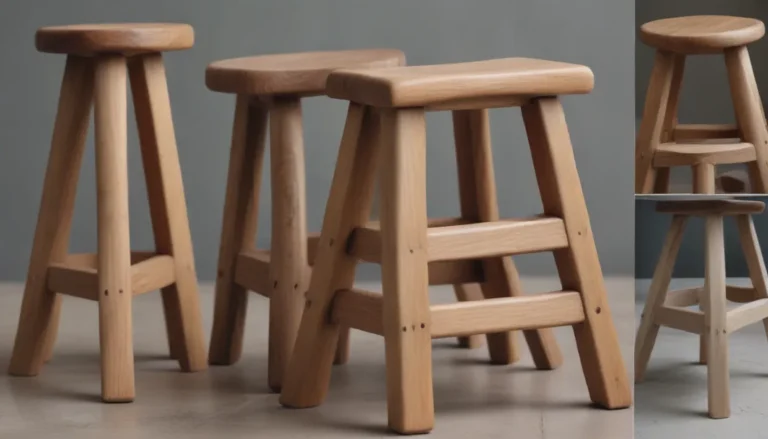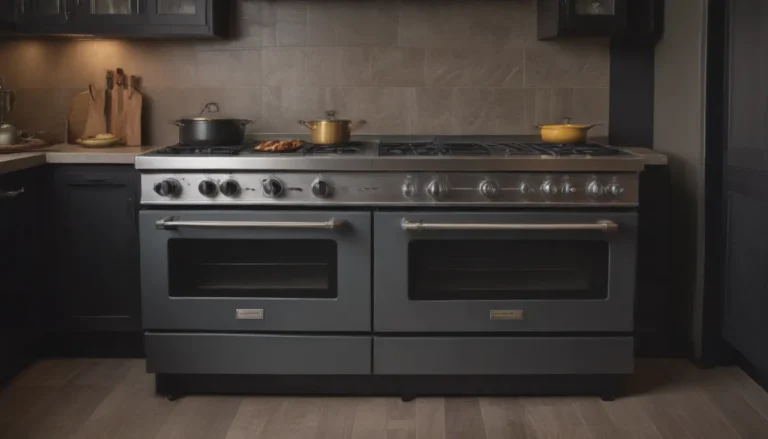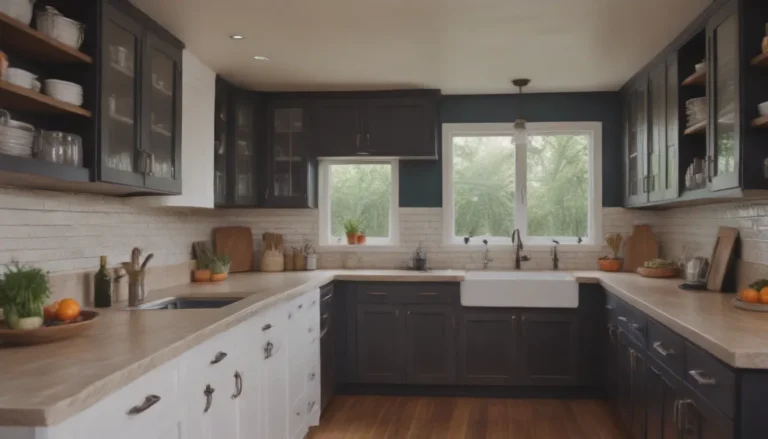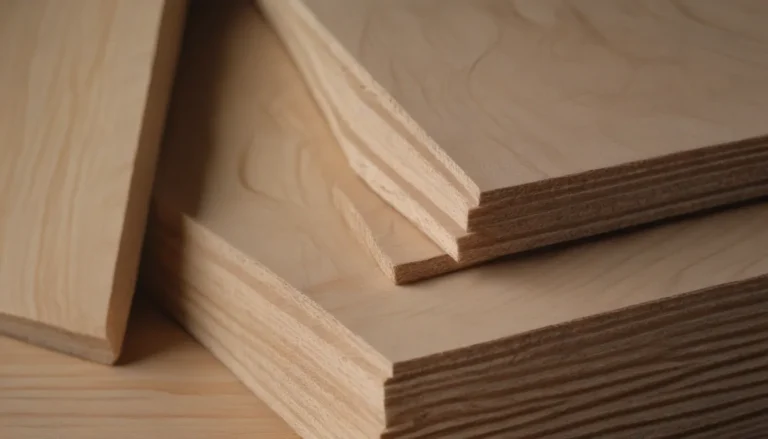The Comprehensive Guide to Understanding and Using Different Types of Bricks for Home and DIY Projects

Brick has been a staple in the construction industry for centuries, providing durability and strength to various structures. From classic red burnt clay bricks to specialized fire bricks, there are different types of bricks available for various construction needs. In this detailed guide, we will explore seven common types of bricks that are ideal for home renovation and DIY projects.
What Defines a Brick?
The term “brick” traditionally refers to a building unit made of shaped clay, but in modern times, it encompasses stone- or clay-based building units joined with cementitious mortar. Bricks typically come in standard sizes of about 8 inches long and 4 inches wide, with varying thicknesses. While burnt clay bricks are the classic choice, other materials such as sand lime, concrete, and fly ash are also used to create bricks.
Common Types of Bricks
Modern bricks are classified based on their component materials and manufacturing methods. Let’s explore seven common types of bricks and their uses:
-
Burnt Clay Bricks: The classic red bricks are made by firing wet clay in kilns. They are ideal for walls, foundations, and columns, offering strength and durability.
-
Sun-Dried Clay or Mud Bricks: Created by baking mud in the sun, these bricks are commonly used in ancient structures and adobe-style homes, although they are less durable than burnt clay bricks.
-
Sand Lime Bricks: Made by mixing sand, fly ash, and lime, these bricks offer structural advantages without the need for kiln firing. They are suitable for foundations, walls, and ornamental uses.
-
Engineering Bricks: Known for extreme durability and resistance to water and frost, these bricks are fired at high temperatures for use in civil projects, sewers, and underground tunnels.
-
Concrete Bricks: Solid concrete bricks provide a modern aesthetic and are commonly used in exterior work like facades and fences, offering durability and versatility.
-
Fly Ash Clay Bricks: Manufactured with clay and fly ash, these bricks are lighter in weight and expand when exposed to moisture. They are used in various construction projects.
-
Fire Bricks: Also called refractory bricks, these bricks are designed to withstand high temperatures and are used in furnaces, kilns, fireplaces, and other areas with direct flames.
Benefits of Using Bricks
There are numerous advantages to using bricks in construction, including:
-
Aesthetic appeal: Bricks come in various colors and textures, adding visual interest to structures.
-
Strength and durability: Bricks offer longevity and resistance to wear and tear over time.
-
Fire protection: Fire bricks specifically provide a protective barrier against high temperatures.
-
Sound attenuation: Bricks can help reduce noise transmission, creating a quieter indoor environment.
-
Insulation: Bricks can help regulate indoor temperature by providing thermal insulation.
-
Wear resistance: Bricks are resistant to weathering and maintain their structure over time.
How Bricks Are Made
Bricks are manufactured using various processes that involve shaping clay-based materials and fixing them with heat or other drying methods. While traditional bricks were sun-dried and less durable, modern techniques have enhanced brick strength and resilience. Bricks can be tailored to achieve specific qualities by mixing clay with concrete, ash, or chemicals for different purposes.
Categorizing Bricks
Bricks can be categorized based on various features such as facing, manufacturing method, and use. For example, bricks can be classified by their shape, with options like brick veneers, perforated bricks, and paving bricks. Burnt clay and unburnt clay bricks are commonly used for house construction, with the former offering higher durability and strength.
Additional Considerations
-
Sustainability: Unburnt clay bricks are gaining popularity as a greener option that uses less energy to manufacture.
-
Strength: Class A engineering bricks are known for their high compressive strength and low water absorption rates, making them ideal for commercial applications.
-
Cost: Machine-made bricks are cost-effective compared to hand-made or hand-molded bricks, offering affordability for construction projects.
-
Laying Patterns: Builders often use stretcher bond patterns to reduce the amount of bricks needed and labor required for bricklaying.
Bricks play a crucial role in construction, offering durability, versatility, and aesthetic appeal to various structures. Understanding the different types of bricks and their uses can help you make informed decisions when planning your home renovation or DIY project. Whether you’re building a new wall, foundation, or decorative element, choosing the right type of brick is essential for the success of your construction endeavor.
Sources:
– Brick Industry Association
– American Ceramic Society
– Zhen-Dong Cui et al. “Design of Underground Structures.” Springer, 2019.
– African Sustainability Academy
– Clay Brick Association of Southern Africa
– Brick Industry Association
– Özge Andiç-Çakır et al. “Improvement of traditional clay bricks’ thermal insulation characteristics by using waste materials.” Case Studies in Construction Materials, vol. 15, 2021. doi:10.1016/j.cscm.2021.e00560
– Brick Industry Association
– Greenspec





